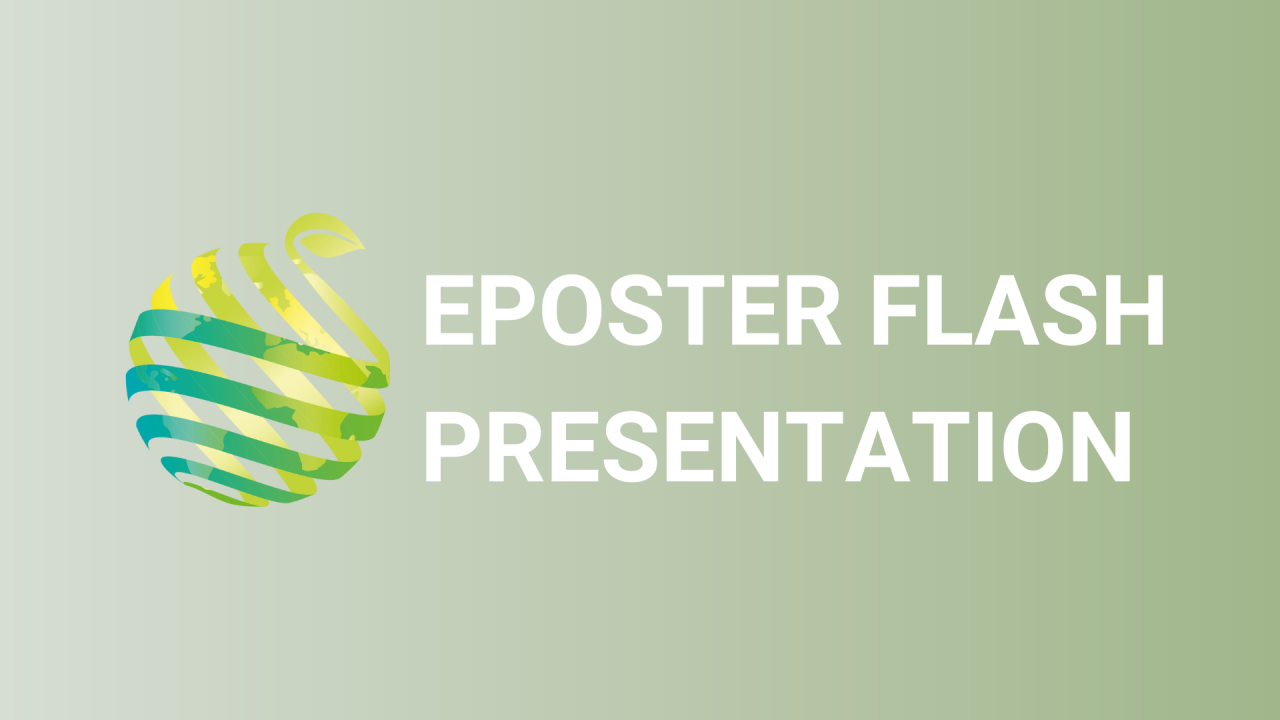

S06 - Session P7 - Morphological effects of supplemental Red, Blue and Far Red LED lighting on greenhouse tomato seedlings production
Information
Authors: Elisa Appolloni *, Andrea Strano, Ivan Paucek, Andrea Crepaldi, Giuseppina Pennisi, Francesco Orsini, Xavier Gabarrell, Giorgio Gianquinto
Tomato seedlings ( Solanum lycopersicum cv. Siranzo ) were grown in an experimental greenhouse and exposed to supplemental LED light to evaluate the spectral effect on plant growth and anatomy. Plants were sown on peat in a glass-glazed greenhouse in northern Italy (44°29′38″N, 11°20′34″E). Two independent experiments were performed during spring season. The first experiment was conducted between March and April 2021, while the second experiment between May and June 2021. Four lighting treatments were applied, namely one treatment with plant supplied by solar radiation only (CK), and three treatments provided with supplemental LED lighting (RB; RB-FR and RB-FR-EOD). All supplemental LED lighting treatments provided 180 µmol s -1 m -2 of red and blue spectrum (with RB ratio equal to 3), for 16 hours a day (08:00-00:00). While one treatment only provided Red and Blue light (RB), the other two treatments were also added with 40 µmol s -1 m -2 of far red light, either for the whole photoperiodic day (FR, 08:00-00:00), or only for 30 minutes at the end of the day (EOD, 0:00-0.30 am). Significant differences between plants grown in the two experiments were evident, probably due to the influence of different environmental greenhouse conditions (temperature and natural sunlight) on plants development. However, SLA (Specific Leaf Area) and LAR (Leaf Area Ratio) seemed to be similarly influenced in both experiments, showing a significantly higher response in CK seedlings compared to all LED light treated plants (RB, FR, EOD). The increased light integrals supplied in the LED treatments may have resulted in lower tissue elongation, resulting in concurrent decrease in leaf area and increased dry weight.